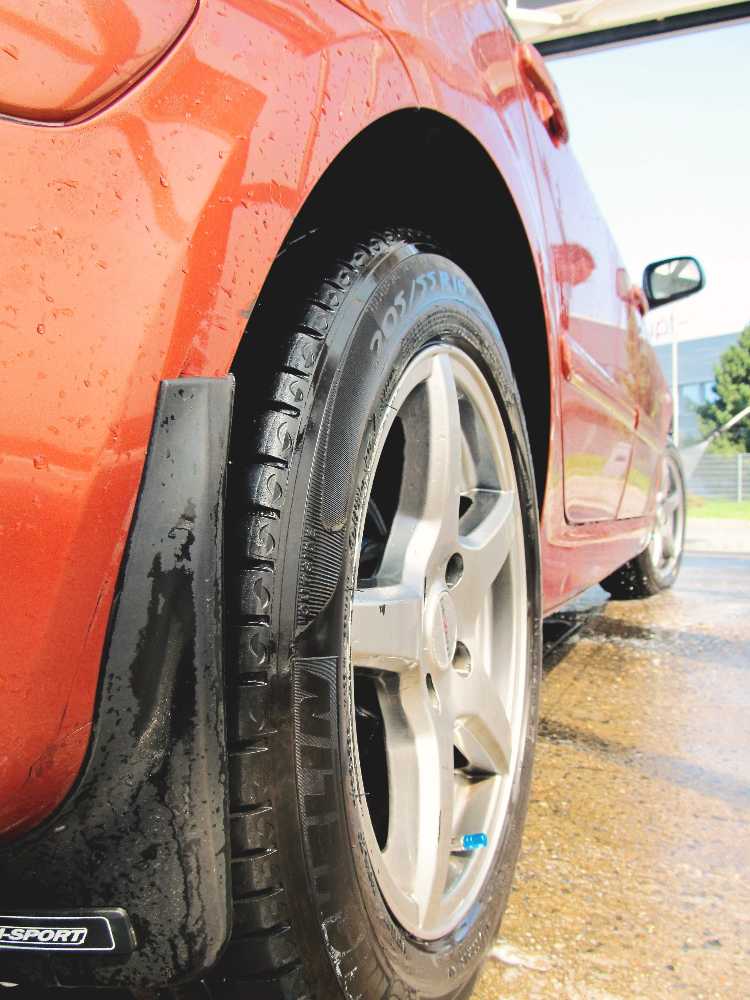Tire pressure monitoring systems (TPMS) are used within cars to detect the level of air pressure within the tires, and are mandated for use under federal law. Specifically, 49 CFR Parts 571 and 585 from the National Highway Traffic Safety Administration provide a federal motor vehicle safety standard requiring the presence of a TPMS that can detect when tires are underinflated.
TPMS conduct tire pressure readings in one of two ways: either directly or indirectly. And while many modern systems utilize direct monitoring technology, a recent article in Tire Review discusses that indirect systems may start to appear more frequently.
Difference Between Direct and Indirect TPMS
Direct and indirect TPMS work in two entirely different ways. Direct TPMS include a pressure sensing system attached to the car’s wheels; if these sensors detect underinflation in one or more of the wheels, the sensors will relay this via a warning light present on the car’s dashboard. Direct TPMS are generally seen as highly accurate, as they rely on calculations taken based on inflation levels of the tires.
Unlike direct TPMS, indirect systems instead utilize information from the vehicle’s anti-lock brake system (ABS) wheel-speed sensors, which allows the system to compare relative wheel speeds. Since deflation of a tire results in decreased diameter, any change in relative wheel speeds may signify a loss of pressure.
Because indirect TPMS do not rely on direct calculations taken from the pressure within the tires, and instead perform a reading based on relative measurements, they have generally been regarded as less accurate. Indirect TPMS systems in some recent car models, however, may be more consistent than their older counterparts due to improvements in technology within the car.
Find a Personal Injury Lawyer, Near Me
(855) 529-0269Why Indirect TPMS Are Making a Comeback
According to the article in Tire Review, indirect TPMS are now present more often in some imported cars, including Audis, BMWs, Mazdas, Toyotas, and others (indirect TPMS are not within all cars from these manufacturers, but only some models). The article posits that this resurgence in indirect TPMS is largely due to the new systems utilizing better wheel speed sensors and modules in order to perform more accurate calculations than ever before. This, in turn, will help keep drivers aware if their tires have decreased 25 percent below the recommended inflation level, a feature required under federal law.
Indirect TPMS May Still Have Certain Flaws
With the improvements in technology, some manufacturers have begun to outfit certain models with new indirect TPMS, which are generally less expensive than direct systems. These indirect TPMS may still be unable to conduct accurate readings, however, in certain circumstances. For one, because the indirect TPMS rely on speed measurements, they cannot begin working until the car is in motion; in this case, the driver would need to risk driving on underinflated tires in order to receive a reading from his or her system. Additionally, in the event that all tires have been deflated a similar amount, the indirect TPMS may not discover a problem, as long as the relative tire speed stays the same from tire to tire.
Click to contact Chalik & Chalik's personal injury lawyers today
Call Us If You Have Been Injured by Underinflated Tires
Of course, in some cases an underinflated tire may be no more than a nuisance; in others, however, the underinflated tire could lead to a tire blowout and a subsequent crash. In cases such as these, the injured party should speak with an attorney for help.
At Chalik & Chalik, we can help you recover compensation for injuries if your TPMS failed to warn you about underinflated tires. Contact us as soon as possible, though, so that we can initiate a personal injury claim within the four-year time limit provided under Florida law. Please call us toll-free at 855-529-0269 for an initial consultation on your case. You can also use our online contact form.
Call or text Chalik & Chalik
(855) 529-0269






